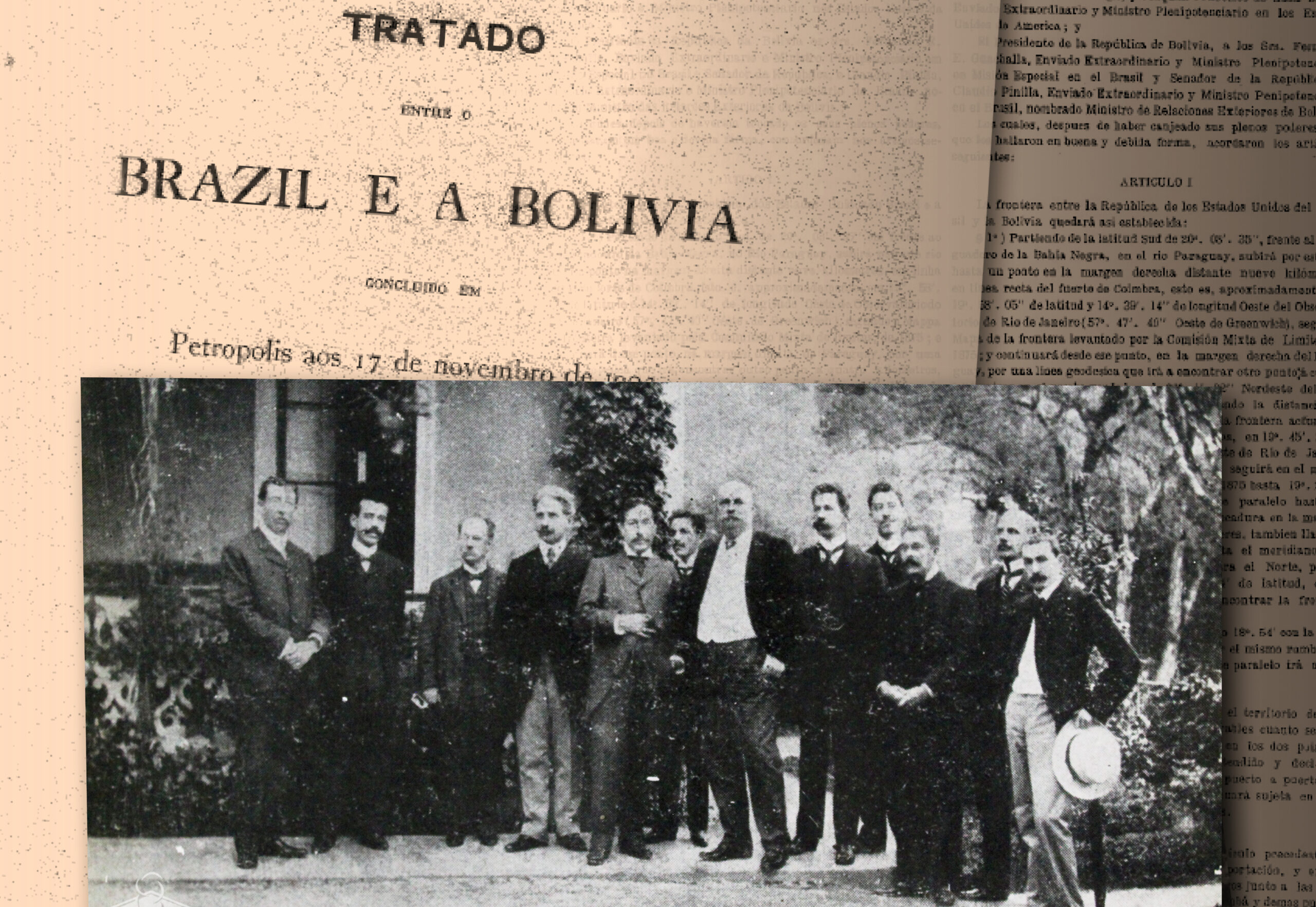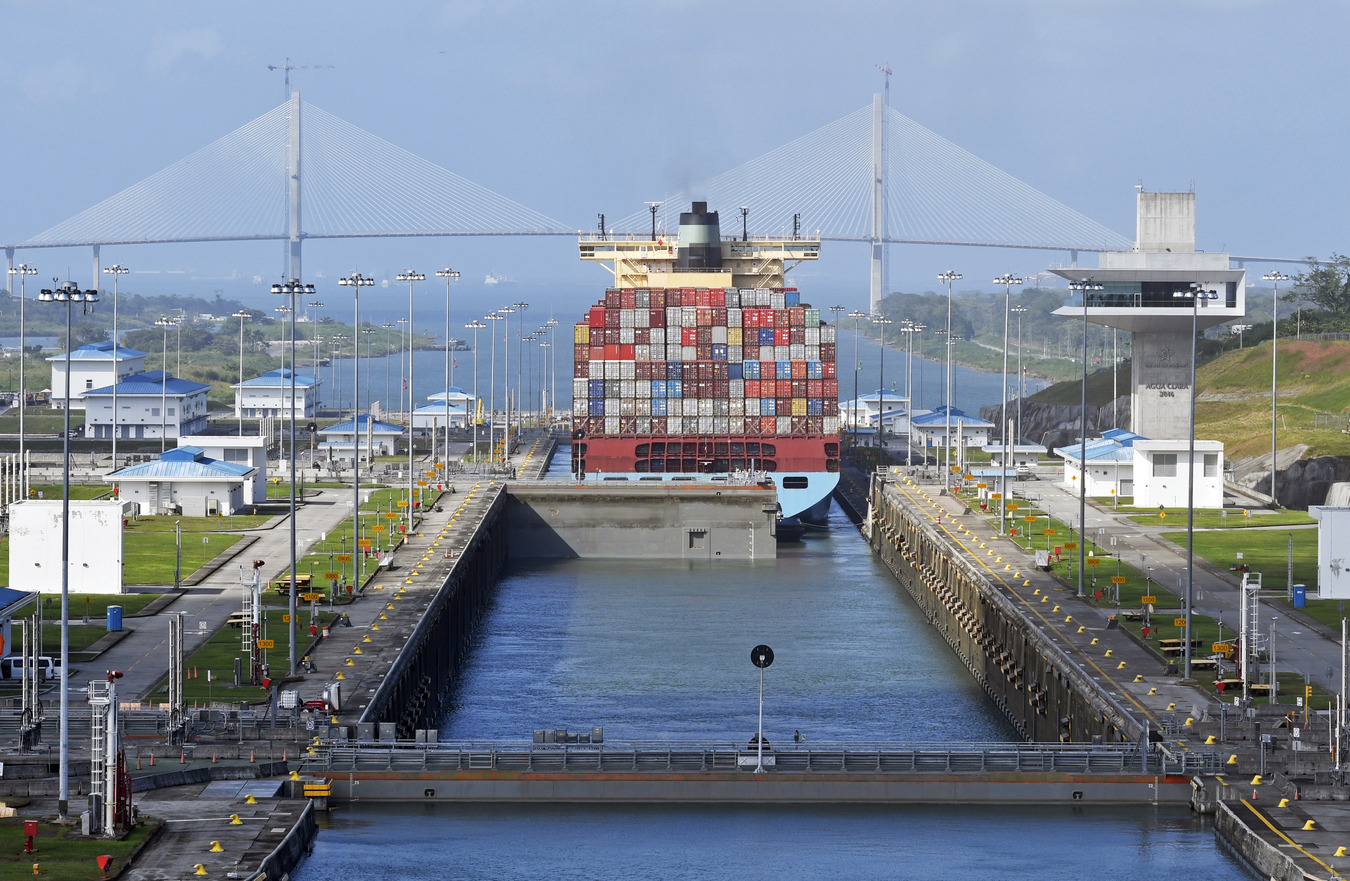Weekly Chart: Access to Drinking Water in Latin America and the Caribbean
Weekly Chart: Access to Drinking Water in Latin America and the Caribbean
As Hurricane Irma leaves 56,000 Puerto Ricans without water, we look at where the region stands on providing universal access to safe drinking water.
With Hurricane Irma ravaging the Caribbean and two more storms brewing across the Atlantic, people are rushing to stock up on water. As of Thursday, more than 56,000 Puerto Ricans found themselves without access to water—a resource frequently threatened by natural disasters, whether it’s contaminated during flooding or lacking due to drought.
The UN made universal access to safe drinking water one of its 17 Sustainable Development Goals for 2030 and one Latin America and the Caribbean are working to meet. A 2017 report by the World Health Organization and UNICEF shows that 65 percent of the region has access to safe drinking water. That’s higher than Sub-Saharan Africa (24 percent) and Central and Southern Asia (57 percent), but below North America and Europe (94 percent).* Still, differences within the region are vast: among nine countries with data available, Mexico has the lowest level of access to safe drinking water, covering just 43 percent of its population, while Argentina and Chile provide for almost everyone.
At the same time, whether it’s safe to drink or not, most people in Latin America and the Caribbean get water piped into their homes, which provides other basic water needs like laundry and cleaning. Mexico’s water pipes, for example, reach 95 percent of the population. But on this front, too, disparities abound, especially between rural and urban populations. The greatest gap can be found in the Dominican Republic, where just 24 percent of the rural population has piped water while 96 percent of city dwellers do. And though most of the region gets it for free, that piped water can be costly, partly making Latin America and the Caribbean the region with the greatest proportion of households spending more than 5 percent of their annual expenses on water.








